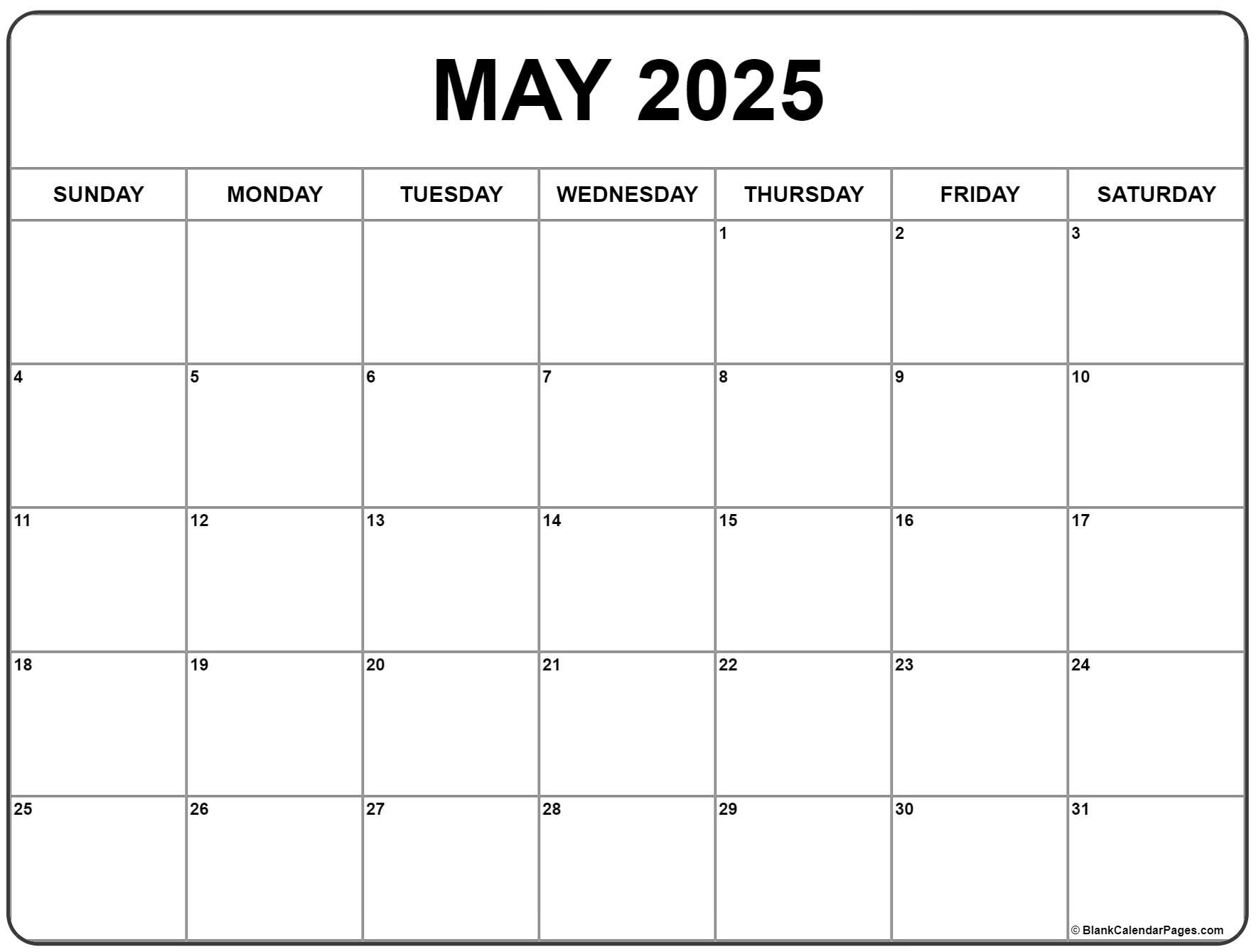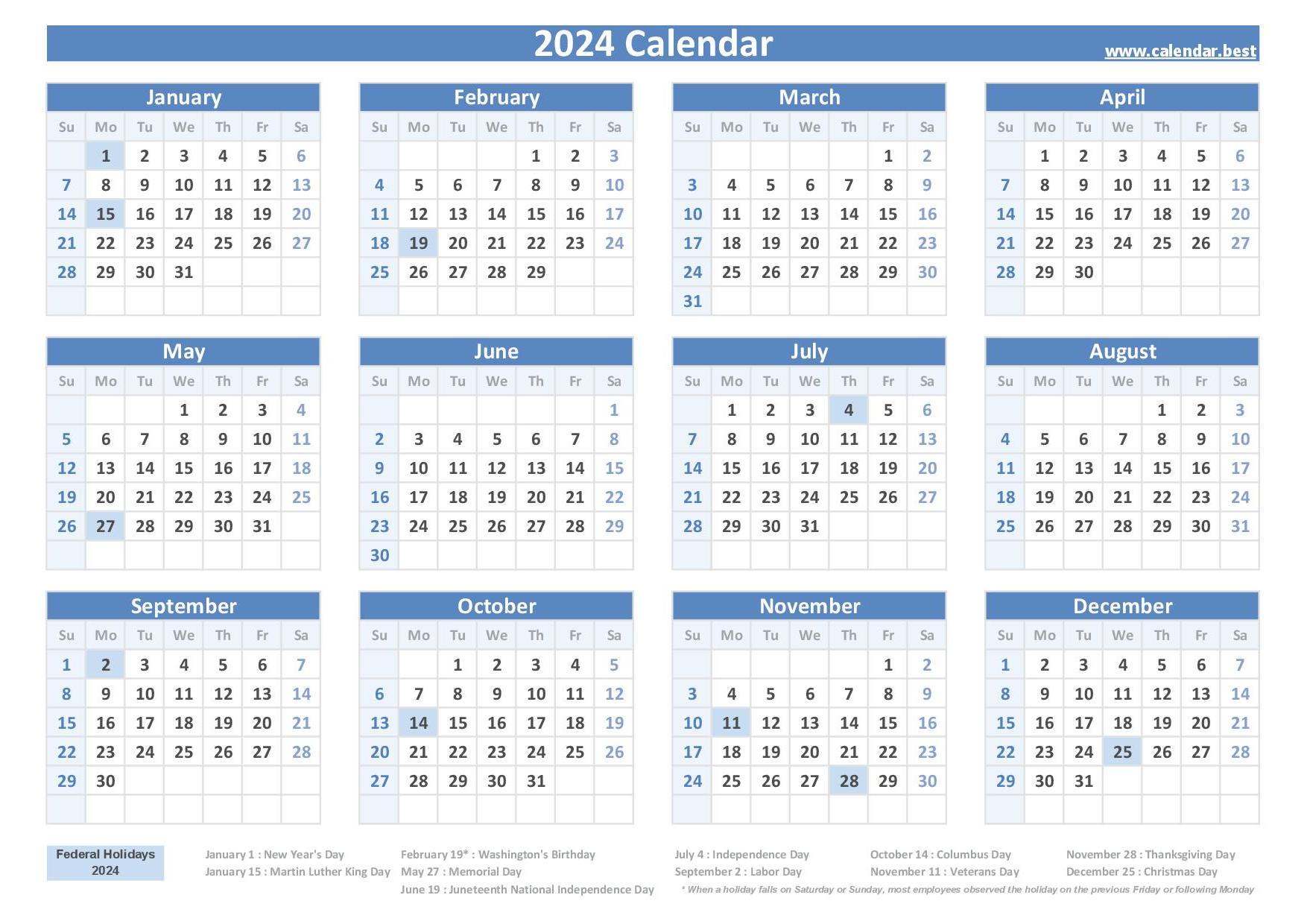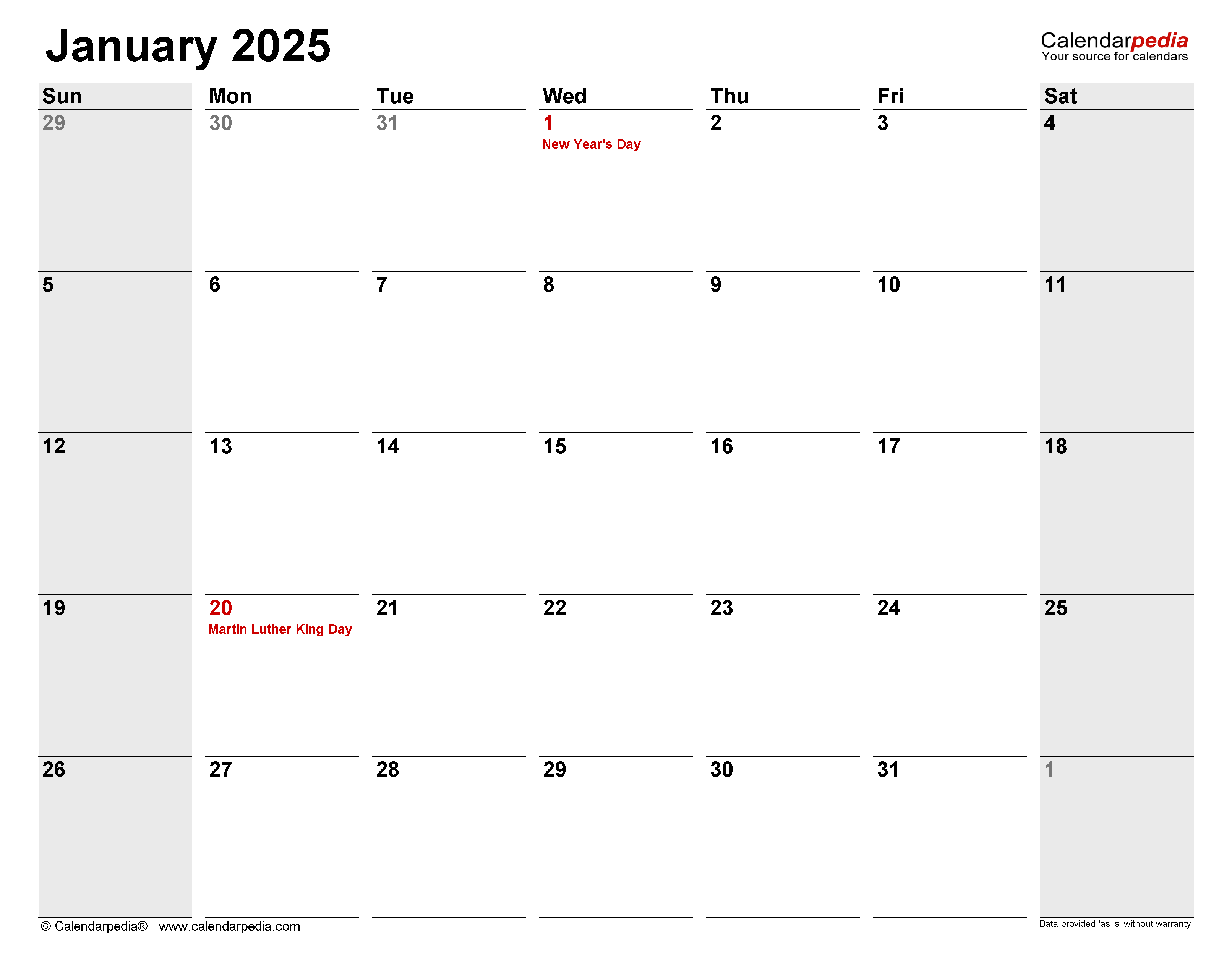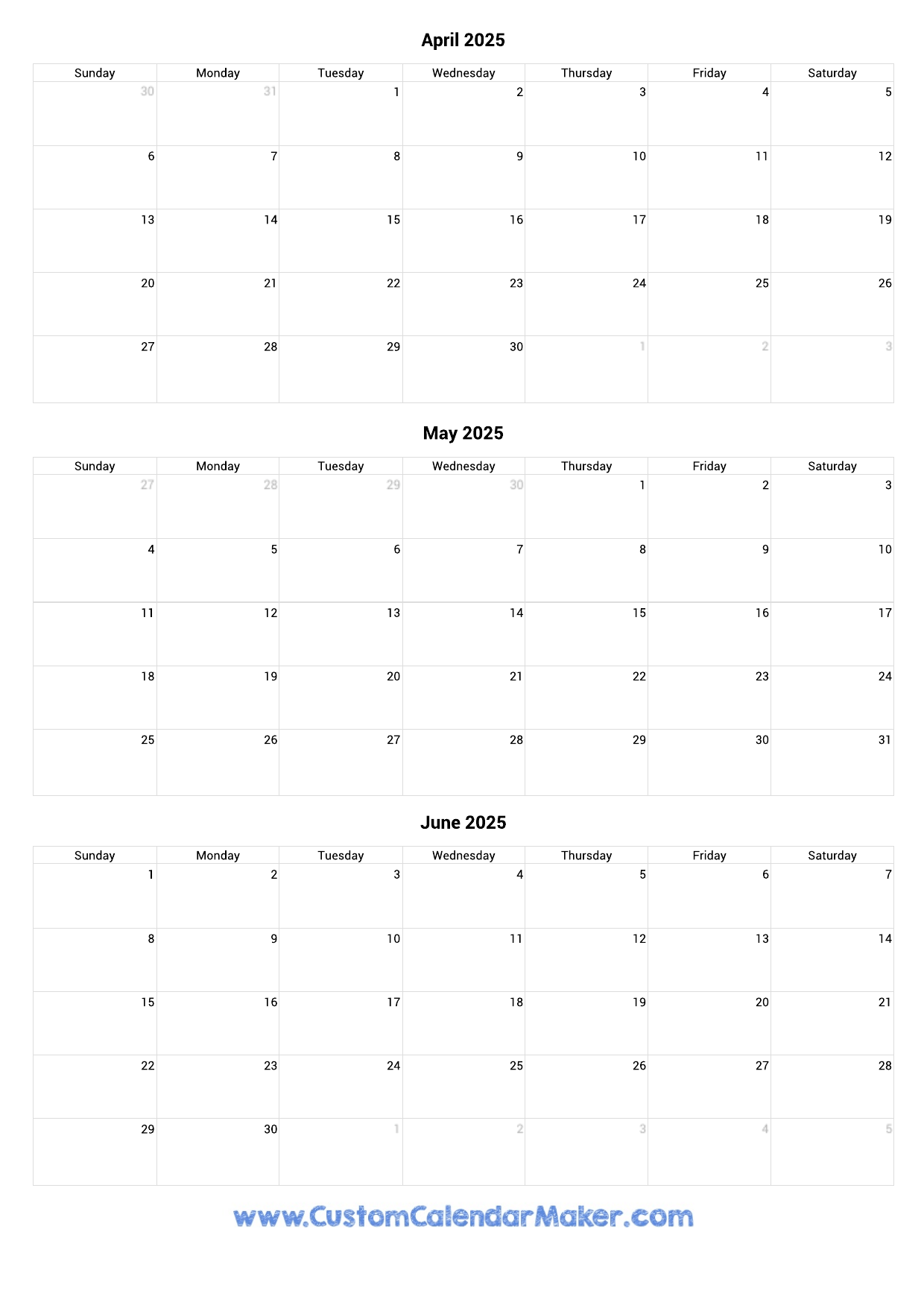May 2025 Calendar Versus May 2024 Calendar
A Year Apart: Comparing the May 2024 and May 2025 Calendars

The seemingly simple act of flipping a calendar page often reveals subtle, yet impactful, differences. Comparing the May 2024 and May 2025 calendars, while seemingly insignificant at first glance, unveils a fascinating study in the interplay of weekdays, weekends, and the overall structure of a month. This comparative analysis will delve into the nuances of these two May calendars, exploring their practical implications for planning, scheduling, and even potential societal impacts.
The Core Difference: Day of the Week Shift
The most fundamental divergence between May 2024 and May 2025 lies in the day of the week on which the month begins. May 2024 commenced on a Wednesday, while May 2025 begins on a Friday. This seemingly minor shift cascades through the entire month, affecting the placement of weekends and weekdays, thereby influencing how we perceive and utilize the month’s structure.
For businesses and individuals relying on weekly schedules, this shift has tangible consequences. Meetings, deadlines, and events planned around specific weekdays will fall on different days in 2025 compared to 2024. A weekly team meeting held every Wednesday in 2024 will now fall on a Friday in 2025. This necessitates recalibration of schedules and potentially impacts workflow efficiency, especially if adjustments are not planned in advance.
The shift also affects the distribution of weekends. For example, long weekends, often crucial for travel and leisure activities, will occur on different dates. A long weekend encompassing a public holiday falling on a Monday in May 2024 will shift to a Wednesday in May 2025, potentially affecting travel plans and the overall economic impact of tourism during those periods.
Impact on Businesses and Industries:
The change in weekday distribution significantly impacts various sectors.
-
Retail: Sales patterns could be subtly altered. If a particular product line sees increased sales on certain weekdays, this shift necessitates adjusting marketing strategies and inventory management to anticipate potential demand changes. Retailers might need to analyze historical sales data from previous Mays to predict the impact of this shift.
-
Tourism: The tourism industry is highly sensitive to weekend availability. The shift in long weekend dates can drastically impact hotel bookings, flight reservations, and overall tourism revenue. Destinations reliant on May tourism need to adapt their marketing campaigns and promotional offers to align with the new weekend distribution.
-
Education: Schools and universities might find their academic calendars slightly disrupted. Exam schedules, project deadlines, and even teacher training sessions could require adjustments to accommodate the shifted weekday structure.
-
Healthcare: Hospitals and clinics often operate on structured schedules. Surgical procedures, appointments, and administrative tasks might need careful rescheduling to account for the altered weekday distribution.
The Long Weekend Factor:
The distribution of long weekends is a critical aspect of comparing the two May calendars. Long weekends often drive increased consumer spending, travel, and social activities. The shift in the starting day of May directly affects the availability of these long weekends.
Analyzing past trends in consumer behavior around long weekends can provide valuable insights for businesses planning marketing campaigns and promotions for May 2025. Understanding the potential impact of a shifted long weekend on consumer spending is crucial for businesses to optimize their strategies.
Social and Cultural Implications:
Beyond the practical implications, the shift in the calendar can also subtly influence social and cultural events. Festivals, celebrations, and community gatherings often align with specific weekdays or weekends. If a community event traditionally held on a particular Saturday in May 2024, it will now fall on a Monday in 2025. Organizers need to consider the potential impact of this shift on attendance and overall event success.
Planning and Preparation:
The differences between the May 2024 and May 2025 calendars highlight the importance of proactive planning and preparation. Businesses, organizations, and individuals should anticipate these shifts and adjust their schedules accordingly. Using digital calendar tools with reminders and automated scheduling features can significantly minimize disruptions caused by the change in weekday distribution.
Leveraging Data for Predictive Analysis:
Analyzing historical data from previous years, specifically May sales figures, tourism patterns, and consumer behavior around long weekends, can provide valuable insights for predicting the potential impact of the calendar shift. Businesses can use this data to refine their strategies and minimize potential negative consequences.
Conclusion:
While the difference between the May 2024 and May 2025 calendars might seem insignificant at a glance, a deeper analysis reveals its far-reaching implications. The simple shift in the starting day of the week cascades through the entire month, impacting various aspects of life, from business operations and tourism to social events and personal schedules. By understanding these subtle yet significant differences and proactively planning accordingly, individuals and organizations can effectively navigate the changes and leverage the opportunities presented by the new calendar structure. The comparison underscores the importance of careful planning, data-driven decision-making, and adaptability in the face of seemingly minor calendar variations. The seemingly mundane act of flipping a calendar page, therefore, reveals a complex interplay of factors that shape our lives and the functioning of society. Proactive planning based on a thorough understanding of these subtle differences is key to ensuring a smooth transition from May 2024 to May 2025.







